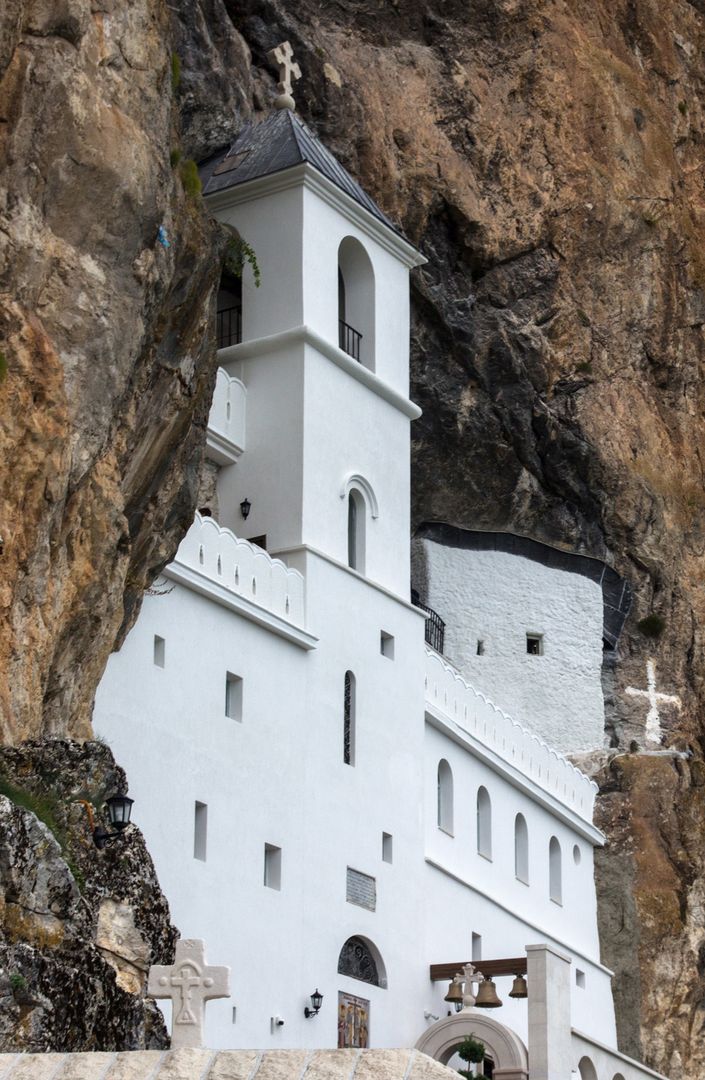Ostrog Monastery
7.1

Overview
Ostrog Monastery (Manastir Ostrog) is an important temple of the Serbian Orthodox Church, situated in a unique location on the nearly vertical cliff of Ostroška Greda in Montenegro. It was founded in the 17th century by the Metropolitan of Herzegovina, Vasilije Jovanović, and is dedicated to Saint Basil of Ostrog, whose relics are kept in the church dedicated to the Presentation of the Mother of God in the Temple. The monastery is located in the municipality of Danilovgrad, 50 km from Podgorica, and attracts over 100,000 pilgrims annually from various faiths, including Orthodox Christians, Catholics, and Muslims.
The current appearance of the monastery dates from 1923–1926, when a fire destroyed a significant part of its complex, although two small rock-hewn chapels were spared. The frescoes in the Church of the Presentation, dating from the late 17th century, are among the most important architectural features. The monastery consists of an upper section with the Church of the Presentation and the Church of the Holy Cross, located in a cave on the upper level, and a lower section dominated by the Church of the Holy Trinity, built in 1824.
During World War II, a Chetnik detachment under the command of Blažo Đukanović sought refuge in Ostrog, but after surrendering, they were killed by partisans. Among pilgrims, many stories circulate about healings and aid received through prayers at the relics of Saint Basil. A notable curiosity is the grapevine that grows on the rock, which is considered a miracle. A tradition involves pilgrims walking barefoot for 3 km from the lower monastery to the upper one and offering gifts to the monks before entering the church. The monastery celebrates its feast day on May 12, the anniversary of Saint Basil's death.
Location
Country
2025 Wizytor | All Rights Reserved